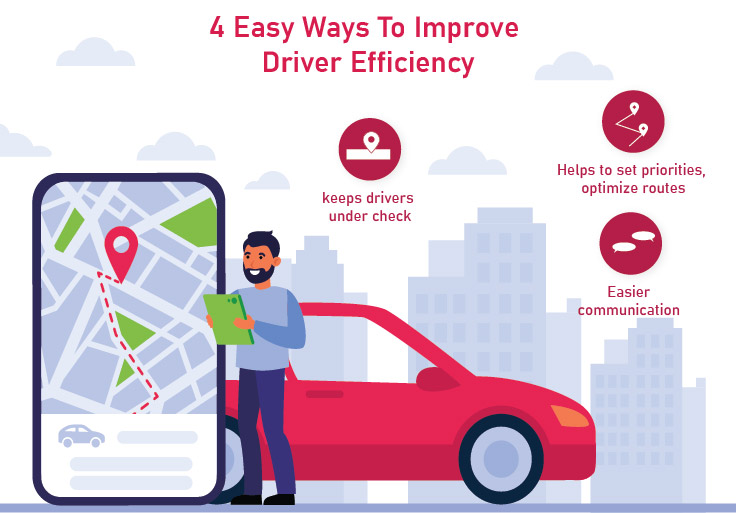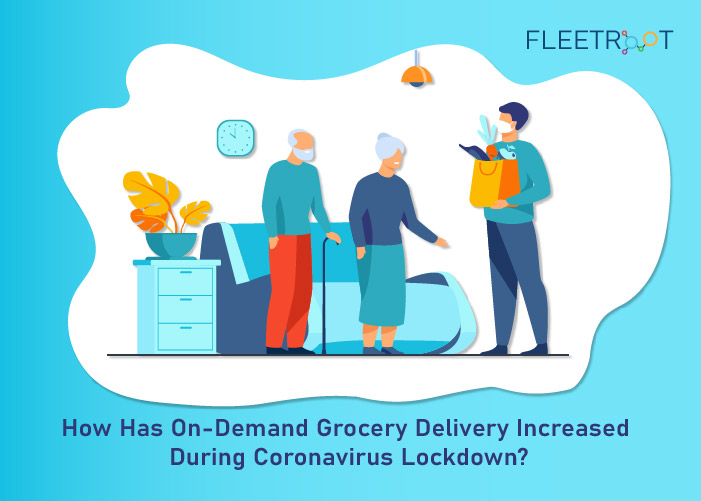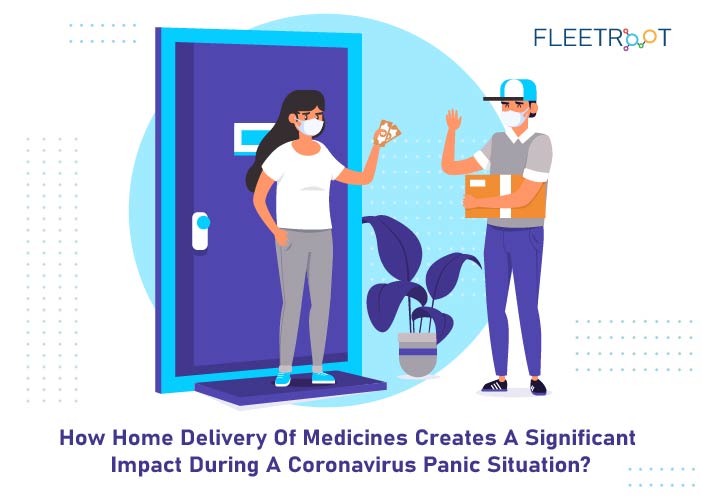E-commerce has changed the way we do business and enabled more people to buy at their convenience. In these uncertain times, e-commerce delivery has become the savior for companies and customers.
However, the e-commerce delivery scenario may look a lot complex, mainly when you’re not familiar with it. We’ve explained a guide to help you create an effective eCommerce delivery strategy.
Build a delivery team
Initially, you should identify and hire the right people. The right team can massively help you make informed decisions and strategies that work, increasing your conversion rate.
To achieve this goal, you and the stakeholders need to be on the same page. Here is the quick breakdown of the teams you need to pull in the right stakeholders:
- Marketing and sales team
- Web design and development team
- Fulfillment team
- Customer support team
Set and Define Goals
Once you successfully develop the good teams in your company for organizing your strategy, define what you actually want to attain with your e-commerce delivery strategy.
Let’s have a look at the most common yet most crucial areas that you’d need to focus on. Here are the most crucial areas to focus on:
- Increasing the average order value
- Increasing the conversion rate
AOV calculation:
Average Order Value (AOV) = Total revenue / Number of orders taken
Benefits:
- Expands your market
- Cut down your shipping costs
- Improve operational efficiency
Identify your options
Once you’ve developed teams and set the goal, start thinking of which delivery strategy is best for you. However, whatever method you choose, make sure it properly works for your team and your business goals.
Key shipping analysis
Hundreds of surveys suggest that the success of any e-commerce merchant depends on the suitable shipping options and costs offered to the customers.
If you charge them much, you may end up losing a consumer. In contrast, if the charges are too less, your profit margin may decrease.
Other than the cost, considering the appropriate shipping options will help you drop the cart abandonment rate, thus, boosting the revenue.
Phases of shipping growth
An average e-commerce business passes through multiple stages of shipping growth. You need to understand these stages and advance towards achieving your goal clearly. Here are the key phases:
- Launch
- Stability
- Growth
- Scaling
Familiarity with shipping carriers
For a robust strategy for e-commerce delivery, you must be familiar with the prime shipping carriers, as well as the services they offer.
The power of e-commerce packaging
Packaging strategy directly influences your shipping rates and the customer experience. Usually, the packaging is the prima-facie of your brand, so it’s pretty important to pay attention to this element of strategy.
Package labeling
Once you’ve assessed your carrier, costs, packaging, etc., now it’s time to label the packages. Many e-commerce businesses begin it by manually writing delivery and return addresses.
However, it’s a good way. In the beginning, it tends to be monotonous, time-consuming, and less scalable with the business growth.
The effective delivery charge structure
Suppose a customer visits your e-commerce store, finds a product, and adds it to the cart. Everything goes well until he notices the delivery charges.
It’s the situation where your customer may give a second thought to the buying decision, as the item may cost more than the offline store due to the unusual shipping and delivery costs.
So, always include effective delivery charges to the items.
Main steps to ship products
Here are the necessary steps to be followed while shipping e-commerce products
- Organize the online sale
- Calculate the total weight and size and the products need packaging
- Confirm your shipping destination
- Choose the transporter and calculate the shipping cost
- Focus on a transporter to ship the package
Now that you’ve all significant aspects considered, it’s time to endorse the gamut of questions and potential pushback from other teams.
Let’s have a look at some of the most effective shipping strategies you should consider to stand out from the competition. Once you consider all the essential aspects, consider the following shipping strategies to stand out from the competition.
- Free shipping
- Live rates from a transporter
- Mixed and alternative strategies to determine a more profitable strategy
Tracking consignments and returns
Providing a better customer experience is highly important to stand out in this competitive business area. Throughout your order’s journey, you need to do so, from assigning a tracking id to your customers to offering a seamless return process.
Using a fulfillment warehouse
A fulfillment warehouse can automate your delivery process. You can store your inventory at one of the warehouses when you collaborate with them.
Depending on your integration level in the shopping cart, the fulfillment partner will forward it automatically to complete the process once the order has arrived.
E-commerce delivery strategy – parting thoughts
The E-commerce delivery process is much more than just shipping a product to its destination. You should treat the delivery strategy as a vital part of your brand awareness and profitability.
A well-executed and well-managed strategy can help you acquire and retain your customers while reinforcing brand recognition.
Get your Free Demo of Fleetroot Delivery Management Software Now




